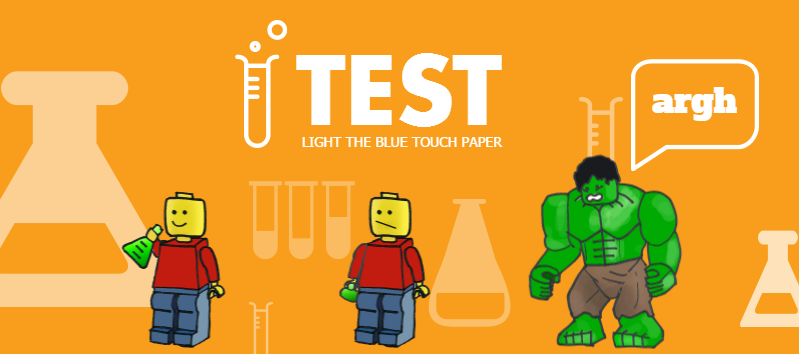In part one we looked at how to be specific in your scoping, giving you the best foundation from which to guide your project. Part two considered generating the best solutions to the problem, which could well be liberally stealing the ideas of others around you. It covered how, once you’ve selected and appropriately documented these ideas, it’s time to build a test plan for each prototype.
The next phase is the actual testing, the outcome of which could, and should vary depending on what stage of thinking you’re at. At Bromford I’m breaking down tests into three distinct types:
Tests that help you build and improve your prototype. Your very earliest designs will have problems - undoubtedly. Maybe the systems you were reliant on are actually full of rubbish data or maybe you’ve got some really great feedback from customers on something you didn’t expect - either way you’ll want to make changes to your current build. If you want to ‘learn by doing’ be sure to set frequent milestones where you can conduct ‘health checks’. Set an ultimate deadline to avoid descending into an unfocused glob of a project.
Tests that validate your design. When you think you’ve got something that fits with your culture, adds value and works without falling to pieces when you look away - stop. Start afresh with a new test. Stop making incremental changes and stick to this working prototype. Install measures of success, formed from your initial brief to validate how well it’s working and whether it’s still fit for purpose...
Pilots. While still constrained to either a demography or geography the scope of pilots is typically larger - we’re talking about evaluating hundreds of interactions, not just tens. Earlier tests will have identified issues with implementation, but pilots will identify issues with scalability. Project roll out is fraught with its own challenges, which is why the prototype should be solid before being piloted. You don’t want to sink a good idea just because your team struggled to get it started at scale. You don’t want to float a bad idea because a handful of positive cases can be used to gloss-over a sour core.
You can find out more info about tests v. pilots here
The progression through these test types should seem clear and logical. Not working through these stages successively causes fundamental problems that could derail your testing. Take a look at the big four challenges in the infographic below - how could you protect the test against them?
The key to small scale initial testing is to be honest with yourself. Unless the new concept is simply branching off an existing service, you probably have no idea how you'll fare in a new area. Don't worry about it! Knowledge and understanding take time to build, if only a few weeks.
Happy Testing!

